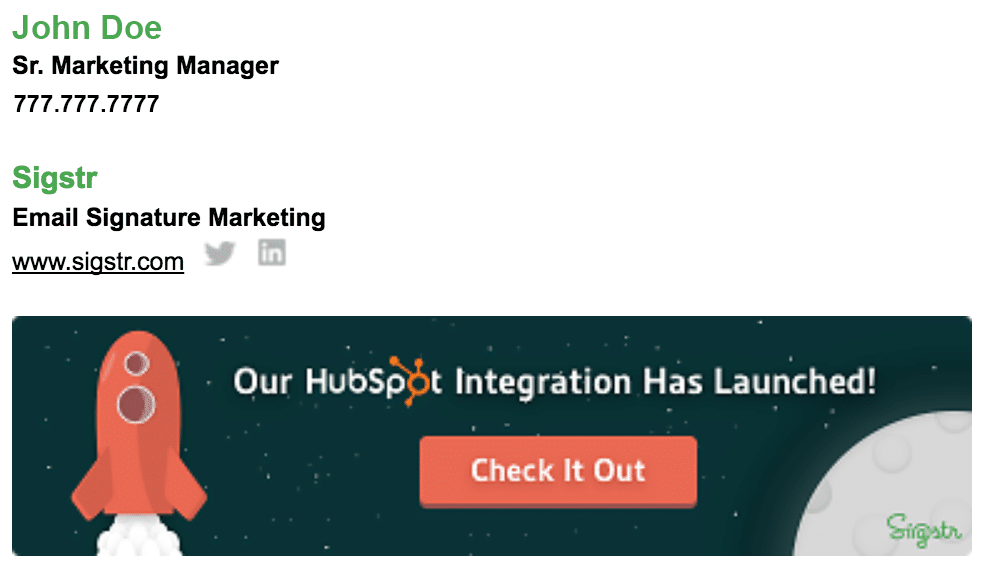The Next Web, commonly referred to as TNW, has been sharing, inventing and advancing tech developments since 2006. The website offers a wealth of information for tech companies of all shapes and sizes, and has become a trusted source for how-tos, tech updates, and much more.
We recently ran across a TNW article, authored by Ritika Puri, entitled, “5 content distribution channels you might be overlooking”. In today’s B2B SaaS world – and for many tech companies in general – content has become king. For companies to survive and grow in today’s market, they must be seen as trusted advisors and thought leaders in their space, producing genuine content that helps the user or executive not only understand the product or service, but the industry as a whole.
According to a recent study conducted by The Guardian, 41% of people (and 33% of millennials, those aged 18-34 years old) claim to feel overwhelmed by the sheer wealth of choice on the internet. According to another study, the average attention span in 2012 was eight seconds. Even goldfish are easier to engage. Their attention spans? Nine seconds. In today’s digital work with so much content being produced by thousands of companies each day, the difficult part of content marketing (besides, of course, creating incredible content in the first place), is finding channels where your content will be noticed by your target audience.
In this TNW article, Ritika outlines 5 content distribution channels you might be missing. Ready to check them out?
1. Sales and Customer Success teams
According to Ritika, “Client managers and deal-closers are the crucial link between your company and the outside world. These team members are constantly in the field, solving your customers’ most crucial problems.”
“Sales reps and account managers spend the bulk of their days building relationships and fielding inbound questions,” says Ritika. She explains that content can help by providing the ultimate conversation starter.
Marketers can work with their companies’ sales masterminds to:
- Pinpoint content ideas from incoming questions.
- Distribute material: Build content into ongoing conversations such as the email signature (which we’ll touch on in the next “Email” section) — this process facilitates relationship-building at scale.
2. Email
Company blogs are everywhere, so it’s highly unlikely that your audience will be checking your blog each day for updates.
But according to Ritika, email is an invaluable channel for reaching — and engaging these audiences 1:1. “When you publish a blog post, send your audience a short and sweet notification,” she explains. “You can monitor peaks in unsubscribe rates to avoid spamming people.”
There’s no need to worry about visuals or an over-the-top newsletter. Just prioritize the basics in the form of:
- Your great content.
- A link back to the entire article on your block.
Useful Tip: In addition to using email to communicate content, also think about the email signature. Email signatures have been getting much more attention over the past year as marketers and companies of all shapes and sizes are beginning to see email signatures examples as an important marketing asset. The employee email signature is quite possibly the #1 place where your company’s brand is viewed most often – maybe even more than your company website!
Consider this statistic: on average, an employee will send approximately 10,000 emails each year, so a company of 100 employees will send 1M emails per year and a company of 500 employees will send 5M emails a year! Can you see how this channel can play an important role in your marketing mix? According to a recent article by OfficeTeam, it may be one of the most overlooked marketing channels.
Here’s one of many email signatures examples that can be found promoting content:
3. Content syndication
“Is your blog audience relatively small?” Ritika asks. “As a new content marketer, you may feel overwhelmed by the challenge of building a reader-base from the ground up.”
Ritika explains that one solution is to amplify the reach of your content by syndicating it with other blogs or media channels:
- Step 1: Build relationships with relevant blogs, brands, or publishers
- Step 2: Pitch content regularly
- Step 3: Return the favor – exchange value for value
Ritika explains that, “It’s important not to syndicate just for the sake of getting your post out there, but target it to the audience that will benefit most from your content.”
4. Good old fashioned networks
Don’t have a social media following? Don’t worry about it. “It’s likely that you’re involved with organizations — alumni groups, business associations, or networking events — that are distribution hubs,” says Ritika.
One solution is to reach out to these connections and ask them to support your content via social media. “Make sure to emphasize why this content would be valuable or inspirational to the group’s audience,” she says.
5. LinkedIn influencers
LinkedIn recently released its influencer program to the public. Today, it’s possible for any member to self-publish, syndicate, and distribute content on the platform, or even use LinkedIn Sponsored Updates as a paid content promotion channel.
Here’s a recent example of how Sigstr uses the LinkedIn Updates features to share content:
The Major Takeaway:
Find new channels for content distribution that aren’t widely used by others in your industry. If you simply promote your content the way every other company does, it will be nearly impossible to ensure your content is noticed.
Thanks again to Ritika for sharing great examples of how companies can cut through the content marketing clutter.
For more email signatures examples, check out our latest resource below:



